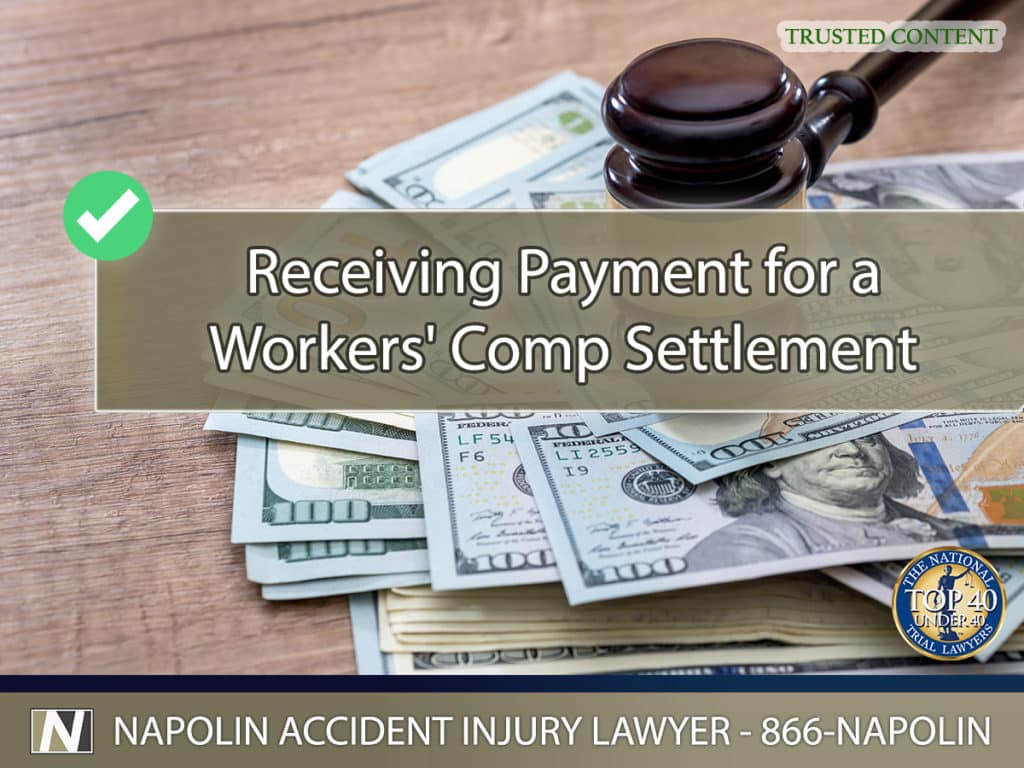In California, workers' compensation serves as a vital safeguard for employees who have sustained injuries or illnesses due to their employment. This system is designed to provide financial assistance and medical benefits, ensuring that injured workers can focus on recovery without the stress of lost wages or medical bills. Navigating the complexities of workers' compensation claims and understanding the nuances of settlements can be daunting for many. It's essential to grasp the legal framework and procedural steps to secure the benefits rightfully owed to you. This article aims to shed light on the settlement process within California's workers' compensation system, offering clarity and guidance to injured workers seeking compensation.
Understanding Workers' Compensation in California
Workers' compensation in California is a no-fault system, meaning that employees are entitled to receive benefits for work-related injuries or illnesses, regardless of who was at fault. This system covers most employees in the state, from the moment they start their employment. Benefits provided under this system include medical treatment, temporary disability benefits, permanent disability benefits, supplemental job displacement benefits, and death benefits. The goal is to ensure that injured workers receive the necessary medical care and financial support during their recovery period. Understanding these entitlements is the first step towards navigating the workers' compensation claims process effectively.
The Process of Filing a Workers' Compensation Claim
The Process of Filing a Workers' Compensation Claim
Filing a workers' compensation claim in California begins with reporting the injury or illness to your employer as soon as possible. California law requires injured workers to report their injury within 30 days to remain eligible for benefits. Following the report, the employer should provide a claim form (DWC-1) to be filled out and returned. Once the claim is filed, the employer's insurance company will evaluate the claim to determine eligibility for benefits. Timeliness and accuracy in this process are crucial for a smooth claim experience, and seeking legal guidance can help ensure that all procedural requirements are met.
Settlements in Workers' Compensation Cases
Settlements in workers' compensation cases are agreements that resolve a claim, providing the injured worker with a certain amount of compensation. These settlements can be structured in two main ways: as a lump-sum payment or as structured payments over time. The settlement amount typically covers medical expenses, future medical care, lost wages, and any permanent disability. Opting for a settlement can expedite the resolution of a claim, allowing the injured worker to receive compensation without the need for a prolonged legal battle. However, it's essential to consider the long-term implications of a settlement, particularly regarding future medical needs.
Compromise and Release: A Closer Look
A Compromise and Release (C&R) settlement is a popular option in California, where the injured worker receives a one-time lump sum payment. This payment is meant to cover all future medical expenses and lost wages related to the work injury. Once a C&R agreement is signed, the worker gives up the right to any future claims related to the injury. This type of settlement is often pursued when the injured worker prefers to manage their medical care independently or believes that the lump sum will adequately cover their future needs. It's crucial to carefully evaluate the sufficiency of the lump sum to cover long-term expenses before agreeing to a C&R settlement.
The Timeline for Receiving Your Settlement
After a settlement agreement is reached in a California workers' compensation case, the timeline for receiving payment can vary. Generally, once a settlement is approved by the Workers' Compensation Appeals Board, the insurance company has up to 30 days to issue the settlement check. Delays can occur due to administrative processing times or disputes over the settlement terms. It's important for injured workers to stay informed about their case status and maintain communication with their attorney to ensure timely receipt of their settlement funds.
Maximizing Your Workers' Comp Settlement- Tips and Considerations
Maximizing Your Workers' Comp Settlement: Tips and Considerations
Maximizing your workers' compensation settlement in California involves several key strategies. First, ensure that all injuries and their impacts on your life are thoroughly documented and presented. Accurate and comprehensive medical records are essential for substantiating your claim. Negotiating effectively with the insurance company, often through your attorney, can also significantly impact the settlement amount. Understanding the full extent of your entitlements, including potential future medical costs and the impact of your injuries on your earning capacity, is crucial. Engaging an experienced workers' compensation attorney can provide invaluable guidance and advocacy throughout the negotiation process.
Napolin Accident Injury Lawyer: Your Partner in Workers' Compensation Claims
At Napolin Accident Injury Lawyer, we understand the challenges faced by injured workers in California. Our commitment is to provide comprehensive legal support, ensuring that our clients navigate the workers' compensation system with confidence. We strive to secure the maximum possible settlement for our clients, taking into account their immediate and long-term needs. Our team is dedicated to advocating for the rights of injured workers, leveraging our expertise to achieve favorable outcomes for those we represent.
Receiving Payment for a Workers' Comp Settlement in Ontario, California
Receiving Payment for a Workers' Comp Settlement in Ontario, California
Navigating a workers' compensation claim in California and securing a fair settlement requires understanding, patience, and the right legal support. If you're dealing with a work-related injury or illness, it's crucial to take informed steps towards securing the compensation you deserve. Contact Napolin Accident Injury Lawyer at (909) 962-8415 for a free consultation. Our extensive experience in workers' compensation cases positions us to provide the guidance and representation you need to achieve a favorable resolution to your claim.

